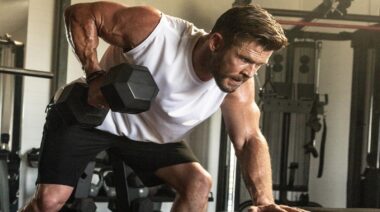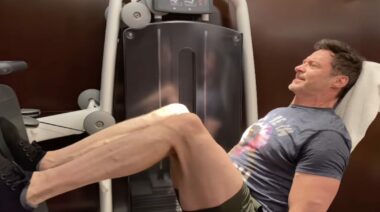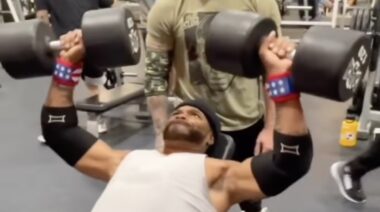The modern fitness era has brought a host of wearable technologies that can track extraordinary amounts of biological and physiological data. Perhaps the most commonly measured variable we see today is one’s heart rate.
The modern fitness era has brought a host of wearable technologies that can track extraordinary amounts of biological and physiological data. Perhaps the most commonly measured variable we see today is one’s heart rate.
This is certainly nothing new, as brands like Polar and Garmin have been around for decades providing wearable chest straps and watches for their users. We have always taken two fingers to locate our carotid (our neck) or radial (our wrist) pulses with ease.
Today, nearly everybody wears some Apple watch or Fitbit around their wrist to track changes in their pulse whether they are working out, sitting at their desk, or just asleep.
Heart Rate Affects Health and Performance
Understanding one’s heart rate can be rather useful, both from a health and performance standpoint.
- Resting heart rate can provide medical professionals insight into one’s health status for age and gender.
- In contrast, increases or decreases in exercise response provide fitness professionals feedback on one’s general fitness levels.
- Furthermore, we can use heart rate to set training zones and prescribe programs for increased aerobic fitness.
- Perhaps the most difficult part of the entire equation is understanding the maximum heart rate (MHR).
Even when wearing technology, MHR must often be manually entered to set proper training zones moving forward. It will track your heart rate and tell you if you’ve established a new MHR through training.
But it is extremely strenuous to train at or near MHR, and you can never be sure that the numbers provided aren’t some anomaly.
Source: The Redline: Getting Comfortable With Being Uncomfortable
Find Your Maximum Heart Rate?
The most commonly used method to determine MHR is by taking 220 and subtracting your age.
If you are 40 years old, then your estimated MHR would theoretically be 180 bpm.
Although some technologies are implementing more advanced methods for determining this variable, many still rely on this simple equation to predict.
While it is useful in the sense that it provides a quick and no-cost method to predict MHR, it does have some issues.
It does not account for one’s:
- Training status
- Body composition
- Health history
- Gender
People often get frustrated with this estimate because it does not align with their training or expectations of how their bodies should be responding when exercising.
Still, in reality, they should use it as a guiding compass. It is not the end all be all. In fact, there are other ways to estimate MHR.
Measuring Tools for MHR
The most accurate way to determine MHR is through a VO2 peak treadmill test, but unfortunately, it is rather time-consuming, and not everybody has access to that technology.
Fortunately, some other methods and equations appear more accurate than 220 minus age for the MHR estimate.
A 2012 research study in the Journal of Strength and Conditioning Research1 compared the relative accuracy of three equations against a VO2 peak treadmill test in overweight or obese adults, including three equations:
- 220 – age
- 208 – 0.7 x age
- 200 – 0.48 x age
The researchers found that the 220 – age equation overestimated MHR by an average of 5 bpm, while the 200 – 0.48 x age equation estimated MHR within 2 bpm, and the 208 – 0.7 x age equation proved most accurate.
We must understand that although the research I’ve discussed used a relatively large sample size (n = 132), it is only one study and did not look at athletic populations, therefore it is still difficult to say which equation is the best one of all.
There are methods to determine training heart rate (THR), such as the Karvonen method, and we know that a VO2 treadmill test will provide us with the best results of all, but we must accept the fact again that these are all estimates.
MHR and Response to Physical Training
My suggestion to anybody struggling to nail down their MHR truly is to use multiple methods and monitor your training results.
One formula may prove to be more accurate than another in your case, but how you respond to training will give you the greatest insights into your aerobic capacity and unique heart rate.
Lastly, if you are still truly interested in being as accurate as possible, research nearby exercise physiology laboratories and see if you can schedule an appointment to do a treadmill test.
It could be worth the investment.
Reference
1. Franckowiak, Shawn C., Dobrosielski, Devon A., Reilley, Suzanne M., Walston, Jeremy D., Andersen, Ross E., “Maximal heart rate prediction in adults that are overweight or obese,” Journal of Strength and Conditioning Research: May 2011, Volume 25, Issue 5, p1407-1412.






